—
The following is a guest column from local racer Sean Foster, who also operates the website Short Track Racer with Max Collins
Fan Interest, Entertainment, and Youth Engagement
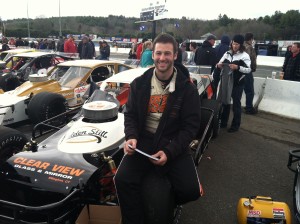
Sean Foster
There are two ways to increase fan appeal:
— Lower gate prices
— Increase value
Lowering prices is a very nice idea, but it is not always possible depending on the race facility in question. So this vision statement has much more to do with increasing the value that each visitor receives for the cost his or her ticket.
The top source of income for a short track is ticket sales, and if a speedway does not provide adequate entertainment for their fans they will lose out on repeat and word-of-mouth visitors. On the other hand, if a speedway is able to make a noteworthy experience for their guests and expose the beautiful side of the sport, it will gain longtime supporters.
This is a broad area for track promoters to show their creative imagination. Countless ideas and concepts can be employed in order to improve their facility’s layout, design, and surroundings. Fan appeal is the most important subject of all.
Engagement
Too many track operators expect people to sit in one spot and be content for 3-4 hours watching cars go around in circles. Hardcore fans can endure it but even they could use relief from the monotony every so often. There is an urgent need to attract new fans, and new fans need more stimulus. It is important to focus on the future generations of attendees and to keep an emphasis on steady growth of the racing community. Extensive, exhaustive, repetitive race night schedules and a lack of mobility at a venue is often a turn off for existing fans, and quite possibly a repellent for new fans.
Track promoters/operators should be spending time in the grandstands reading their audience. They should be examining the crowd’s enthusiasm and observing the energy of the show. Length of caution periods, in-between race breaks, and driver introductions should be frequently evaluated. Keeping fans content is important during event downtime because there isn’t much excitement in watching track clean up.
Modern day fans need mobility. They prefer movement rather than to sit in one spot for an extended period of time. Facilities should seek to create explorable and social activities than simply watching the cars on the track. This includes gaming areas, historical displays, track stores, up close pit viewing, beer gardens, and social areas distant enough to temporarily remove themselves from the volume of race car engines.
Visit Short Track Racer to read the remainder of the column …
—
The views and opinions expressed in this column are those of the author and do not necessarily reflect the opinion of the RaceDayCT staff.
—




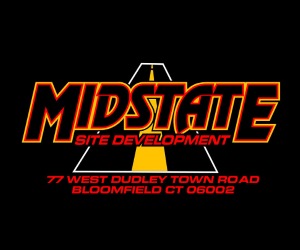
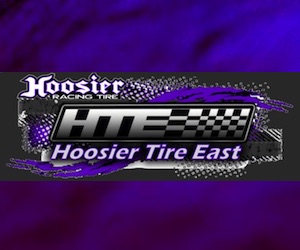

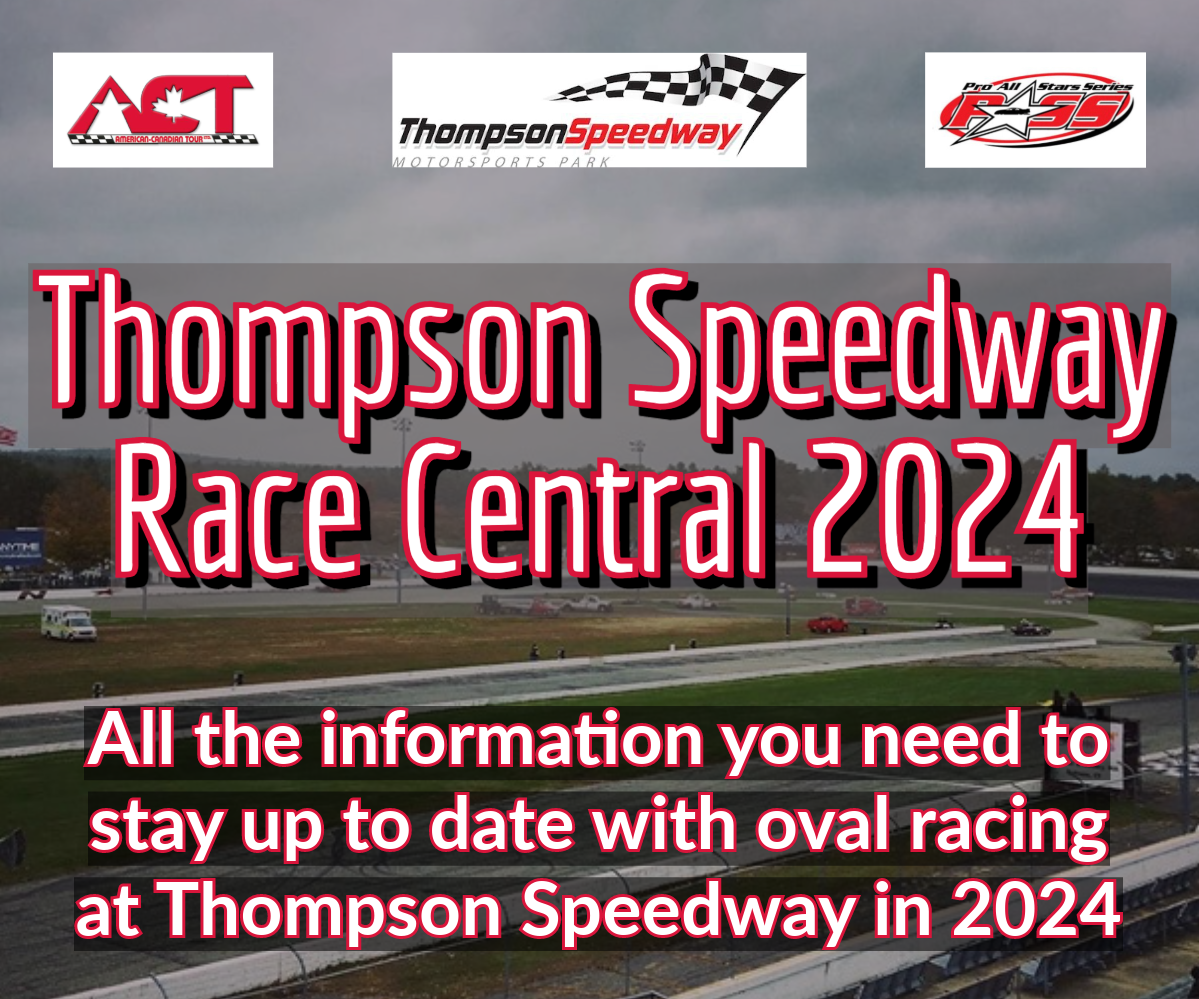



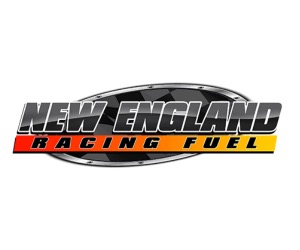

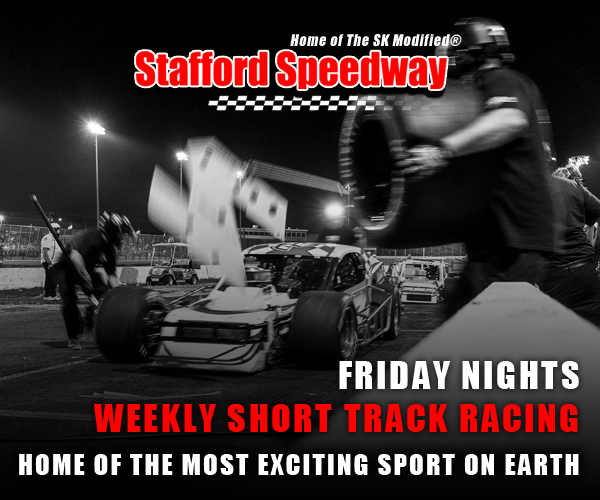
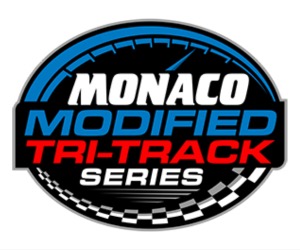




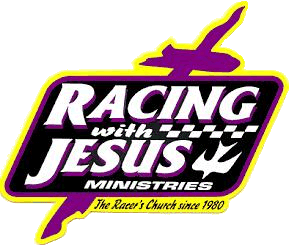
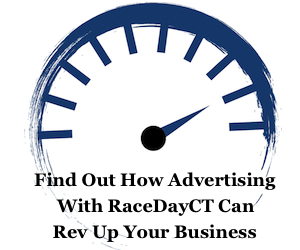
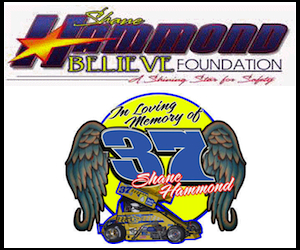
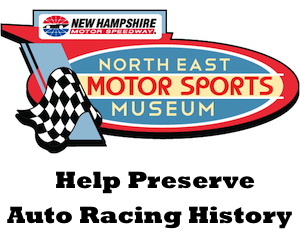
Seems to me the top source of income for a short track is the back gate.
Exactly what I was waiting for. Fan to Stafford: please read carefully. Maybe have the author in for a chat. On the one hand it offers simple low cost and no cost suggestions and yet makes no bones over the fact that many of the fundamental assumptions tracks make about their relationship with fans is grossly out of date. Bravo.
Sean,I do hear what you are saying but sometimes when efforts are made to attract new fans old fans are alienated.We see this with rule changes in NHL hockey and the on field celebrations in NFL games.I didn’t become a rabid Islander fan because there were not enough goals scored or a Giants fan because
there weren’t enough players dancing around the field in an unsportsmanlike manner.The NFL thinks thats what fans want.I think they are wrong.The whole point I’m making here is race fans have been coming to tracks forever and sitting around and watching.NHMS has many activities going on race weekends but I think local short track racing is another animal.It’s been stated here before.Commited sponsorship is what we need to boost racing.If the race teams are supported and come out I think race fans will turn out in droves.
If you haven’t gone to sidsview.com and watched the first three parts of his history of the Waterford Speedbowl you’re missing out. Sid DiMaggio has spent a huge chunk of his life committed to documenting the racing at the Speedbowl and has pulled a lot of his work together with historical footage, articles and interviews in segments that are impossible to turn off until you gotten to the end. The production is outstanding with pictures, film, interviews, old newspaper articles all interwoven with subtitles and background music that moves along at just the right pace.
Watching the video was eye opening for me and not irrelevant to this subject. Back in the 50’s and 60’s it was all about the show. Listening to the announcer it wasn’t about calling a good race it was about the action, the crashes, flips, rockem, sockem, rolling action. Harvey Tattersall was all about the show and promotion rumored to have penalized drivers $50 for fighting by the scene of a crash then paying them $75 after the races and thanking them.
At some point the racing went from a bizarre show catering to any person looking for entertainment to the purist that was all about the racing. Drivers ceased to be roughnecks, daredevils and outlaws and became cookie cutter professionals that always said the right thing and acted professional.
Maybe we can learn more from looking way, way back to when the races were an action extravaganza that could entertain anyone and not what it is now that only appeals to those of us that follow it.
Doug, you’ve made some thought-provoking points. I’m reminded of – and would recommend to anyone here – Chris Economaki’s autobiography “Let ‘Em All Go!” Economaki, before becoming a world-renowned motosports reporter, got his start selling racing papers at local tracks, and working his way up on the promotional side of the sport. He, too, realized “it’s all about the show,” and there are numerous stories in his book that emphasize that point. (In fact, the title of the book is a reference to a carny-like bit of promotion carried out by him and the local promoter who taught him the ropes.) Provide something for the non-fan to latch onto, rather than assuming that your entire audience is die-hards (or will become die-hards simply because you unlocked the front gate and took their money).
More directly to the topic of this column, it seems like Mr. Foster has lots of useful ideas for how to run a track in our modern world. I look forward to future installments.
All good points… I don’t go to the expensive tour races often because of the higher cost per ticket and low car counts on some of them. Bring a date and drop almost $100 to walk through the gate or more before food or anything else. It can be an expensive 3 to 4 hours. Or God forbid it rains and you can’t make the make up date as It happened to me last year.. money right down the toilet. They should give you another ticket if you can’t make the make up date.. people want excitement and value for their buck. Stafford is almost 50 miles for me one way. Waterford is closer at 20 miles. People work and then head to the tracks some like me driving over a hour to get there for a race card with no posted feature times. So you get there by 7 and hope to not miss a feature. Seekonk does things right there. I drove the 65 miles each way and the race program was great when the bowl was dark last year more to think about
What art said.
The product on the track should sell itself. If all these side shows are needed, then there is a problem with the product on the track and that is being supplemented with the side shows.
The rules don’t allow for racing every lap, they have to pace and save tires. Does that really get more cars to show up? I’d rather see a competitive race, where the cars are allowed all the tires they can eat, and let them race the entire race. The back markers will always be back markers and will never compete anyways, so tire rules don’t help them, only hurts the competitive teams. As it is now, the competitive cars pace until the last few laps, even sandbag, and try to get the last few racing laps from the worn out tires.
If you want to learn how to put on a great show, go and watch the races at Lebanon valley speedway. $11 to get in and the food is the cheapest around. Also they use the dollar system so the line never stop moving. When the cars come out they make one pass and then start. No down time at all. The place is as big as stafford and is packed every Saturday night. Being able to watch the great Brett Hearn is a sight to see. Best track around with great racing and big car counts.
dareal,At Oswego Hirshmann and Preece drove lightning fast all nite.No one else could run with them, even at the end.Different tire rules might make for more competition among all the front runners.
art – I’m pretty sure I understand what you’re speaking of when you mention NFL, NHL, and NHMS. A lot of it is about reading the crowd. NFL players dancing makes a lot of people cringe. When NHMS first created the “fan zone” it was just plain awkward. So I understand.. it’s a matter of creating a wow factor without making it look like a side show like darealgoodfella said. And there’s no reason why we can’t improve and evolve our product to build larger crowds. A lot of the mentioned thoughts have to do with trends in modern day sporting events: mobility, simplicity, incentives, interactions, accessibility. Plus people want to be social.. an element that is missing at a lot of tracks. Thank you for sharing art.
Andrew B- Thank you for the book reference. I ordered it on amazon before I finished reading your comment LOL.
Racer28 & darealgoodfella- Right on.. I will touch on some of your thoughts in the next installment.
art, these tire limits only hobbles the competitive cars, does nothing to bring about parity, or meaningful cost reduction. Does not enable lesser cars hang with the competitive cars. The competitive cars are the well funded cars, and a couple extra tires won’t bother them. It should let them race the entire race. And that will put people back in the stands.
From Doug: ” Back in the 50’s and 60’s it was all about the show. Listening to the announcer it wasn’t about calling a good race it was about the action, the crashes, flips, rockem, sockem, rolling action.”
I think that also had a lot to do with car counts and class options. What would inevitably cause more of the above; 5-6 main events with 20 cars, or 3 main events with 40 cars? Back in the day there were less classes available to race and more people wanting to, so you had more cars in each race that ran, whether it was a heat or a main event.
My suggestion from a race fan’s perspective: More cars in less heats. If you have 20 cars, don’t run 3 heats with 6-7 cars. Run 2 heats with 10 cars each and offer a performance incentive; track points, $$, or both. To add to the program, let that set the top 10 spots and have the remaining 10 run a consi to set the back half of the field. The front runners then have a more meaningful heat and the low buck/inexperienced teams get to have more competitive track time to improve their skills. So you’d have a round of heats, then a round consi’s, giving a little more excitement and anticipation build-up to the main events. Some tracks I’ve been to it seems some of the local fans come in just before the features. Maybe they’d show up earlier and consequently buy an extra burger or soda. I think that would make a more interesting show overall.
“When NHMS first created the “fan zone” it was just plain awkward.”
Indycar does a great fan zone that is far from awkward. In the fan zone, fans have the opportunity to walk down a lineup and collect the autographs from every driver racing that day. Every fan also gets a free card with a photo of each car and driver and it’s radio frequency, sorted by race number. It costs extra, but full paddock access is available to all, including pit road, up to about 45 minutes before the start of the race. Last year at Pocono, after asking a crew member, I was even allowed to pick up a mounted rear tire on pit road to experience how lightweight it is.
At NHRA National and major road racing events, paddock access is free and open all weekend. I’ve taken leaks next to Bobby Rahal, David Letterman, and Simon Pagenaud at Lime Rock Park. ;^)
Stafford does the autograph thing, but some sort of open paddock access could go a long way toward drawing fresh faces to NASCAR at all levels.
The all access at the NHRA events is great, and they have great TV coverage. They are doing it right.
Barry and Dareal, you’re in another zone with the NHRA. There is nothing, and I mean NOTHING, like being in the pits when the nitro cars do their warmups!! And picture people moving at NASCAR pit crew speed changing an engine and clutch in between rounds! Usually in under an hour the engine is torn down (supercharger, heads, pistons & rods, bearings), reassembled, clutch replaced, and test-run!
As for TV, the NHRA has the time allotted to do it right. Lots of behind the scenes stories and interviews along with the actual competition. It would be great if the televised WMT races were at even two hours instead of one with more in-depth coverage. That might help grab the attention of some new fans as well as sponsors.
Fast Eddie – the TV ratings aren’t high enough to warrant 2-hour blocks on NBCSN. About 50-70,000 viewers per race. Plus, NASCAR packages all of their lower-level touring series in that particular TV deal; it’s not a Mod-only contract. K&N East and West and the Canadian series are part of the package, too.
Regarding your car count/division count and qualifying heat ideas – I agree on all points. At the risk of sounding like a grumpy gramps, when I started attending races at Riverside Park, they were running essentially ONE division — Mods (with a Figure-8 division of about 20 cars running just a feature, after the mod feature). While they had late model and mini stock divisions which ran short seasons during the summer on Tuesdays, basically it was “run a modified or don’t race.” Naturally, they had about fifty (five-zero!) modifieds show up every week, for 20 starting spots. They’d run four heats, two semi features, and two consolations, before the feature. There was major interest all night long, as a mechanical issue or wreck could cast doubt onto whether or not a championship contender would even qualify. Every prelim race mattered.
Nowadays, instead of one division with 50 cars, tracks have 5 divisions with 10 cars. The participation-trophy mentality crowd would argue that it’s better because everyone gets a top 10 finish, but none of the prelim races matter, nor do most of the features. So, we’ve watered everything down.
To me, the sweet spot would be 3 divisions. Essentially, low/medium/high. Have a top class, a bare-bones entry-level class, and and one other class in between the two. Like Eddie suggested, shoot for a minimum of 9-10 cars per heat race.
Regarding the discussion of the “side shows” and on-track product selling itself: yes, it should sell itself, but it won’t have the opportunity to sell itself to new people if you don’t draw new customers through the front gate. That usually takes “side shows” to add value (adding value is the whole point of SF 22’s discussion in this installment). Look at minor league sports franchises, which are comparable to weekly short tracks, crowd-wise and in the business model. You need promotions and other bells and whistles to get people to sample your product. If the product is good, it’ll hook them. But without the $2 ladies nights,bobblehead giveaways, guest appearances by (famous Cup driver name here) when Cup is nearby, dollar hot dog nights, etc. etc. etc., the track owner won’t generate enough new foot traffic to hook those new fans. You’ll be “preaching to the choir” — those who are already die-hards, who over time will eventually drift away for one reason or another, with no one to replace them. So, what then? Add more divisions to try to drive up the back gate? Hmm…sounds like the approach most tracks take these days…
I’m not making fun of the racedayct audience cause obviously I’m one. But if you were going to put together a focus group of a target demographic to suggest ideas for changes to local race tracks we’d probably be the opposite of what you’d want. Old, male, white and lifelong race fans with too many memories of better days and no clue on what the younger set today wants.
I’ve made no bones about the fact I think Stafford is terrific. But clearly with the addition of a few bells and whistles they are operating with the same mentality that has served them for decades. I just think they are missing the boat on some of the core challenges to attracting families with regard to diversions for the kids.They have a great ticket policy for the tadpoles but it’s not enough.
With kids the way it works is when they are really young they go where you tell them and if that’s the races that’s it. When they get a little older they start to really make a fuss if they aren’t into it and it just becomes a situation where it isn’t worth it making them go. Riverside Parks arcade and promises to do things in the park got my kids on board many a time when otherwise they would throw a fit about going to the races. Same principle now. To maximize family involvement you need something other then just racing. It’s hard finding the diversions and that’s the challenge.
As long as the teams are addicted to those big white view blockers in the pits they all seem to have to have then there is no point talking about contact with the race teams. If money weren’t an issue how cool would it be to have an elevated walking path over the pits where people could stroll right from the stands to the path and back. See all the action virtually through the entire paddock. I know the enclosed trailers are convenient but man I think they are the single greatest barrier to public exposure.
Go Pats!
I think Dareal should run the entire racing industry. He can have a office in Daytona next to Brian France. When he is done fixing their business he can work his way around the country straightening out every track, series and team that owns a race car. In a couple years when he turns everything around and puts the NFL out of business he will have so much cash he could purchase Nascar (maybe they would just give it to him at this point) and continue on his path of world dominance. Until then Dareal I will have curly fries with my Burger.
Whatever happened to the thrill shows after the features before the mains maybe some daredevil stuff. Promoters if your reading Im your guy from jumping bikes to knocking down school buses in half. Im the guy to bring some hold your breath stop your heart stunts. You think of the stunts and me and my dedicated Staff(Family) will make this happen. Oh and it wouldnt hurt to throw in some Demo derbies everyone loves when we smash and destroy stuff. Henry. [email protected]
The year starts off great. Several weeks in a row with the entrance fee at $17.50. Very reasonable especially since you get to see the SK modified’s race. I can afford to go every week at that price. Then you get a rain out week. If there was a touring division scheduled for that night at $27.00 entrance fee, the race gets rescheduled for later in the year. Well guess what. After a few rain outs there are more rescheduled races. By the time August rolls around the $17.50 nights are all but gone. Every week is a rescheduled rain out race. It gets too expensive to pay the entrance fee and then try to buy something to eat and drink. The modified tour races are way out of my range. I don’t attend the Spring Sizzler or the Fall Final. It may be worth the money, but I simply cannot afford to attend. Last year the Fall Final at Thompson was $75.00 to get in. Wow. I wanted to go, but could not pay that price.
I tried purchasing a season ticket to Stafford. It seemed like a good deal. After 6 rain outs I figured the track would refund some of my money. Not so. I was told I could use my season ticket to get into the monster truck program. I hate the monster trucks. I was also offered the motorcycle swap meet event. I don’t care for motorcycles. Anyway that did not work out either. I don’t have an answer for this. If you want me to come every week, you got to keep the gate fees down. As simple as that.
Not trying to bust your chops Joe since lord knows I’ve had mine busted frequently when I’ve mentioned ticket prices. But a couple things.
The last two years there have been 17 events for just circle track racing. The season ticket price now is $320 making the average cost $18.82. Considering there are a lot of high dollar shows included how is that average that bad?
Last year they added two nights in Sept because of the rain outs and I believe 5 out of the last 6 events were the lower price. Next year 4 out of the last 6 shows are regular prices.
Regular nights get canceled when it rains and special shows get bumped to regular nights when it rains and there is generally only 8 or nine regular nights when all is said and done. I think they just make more on the special shows.